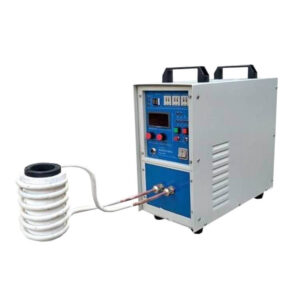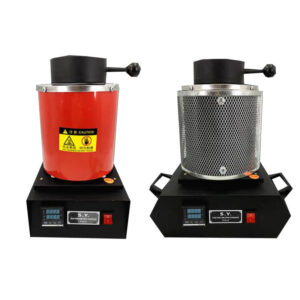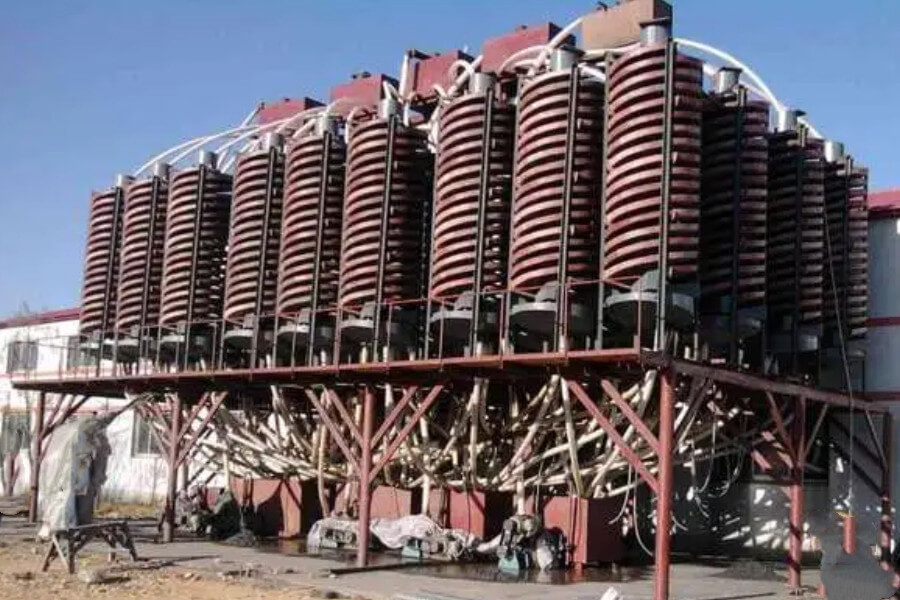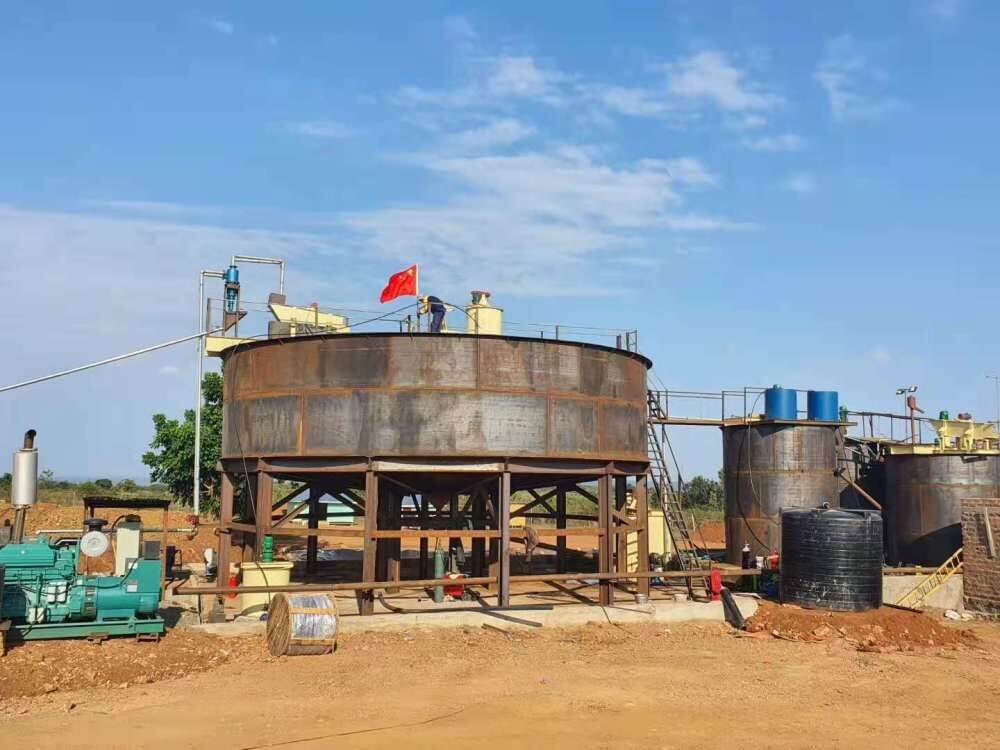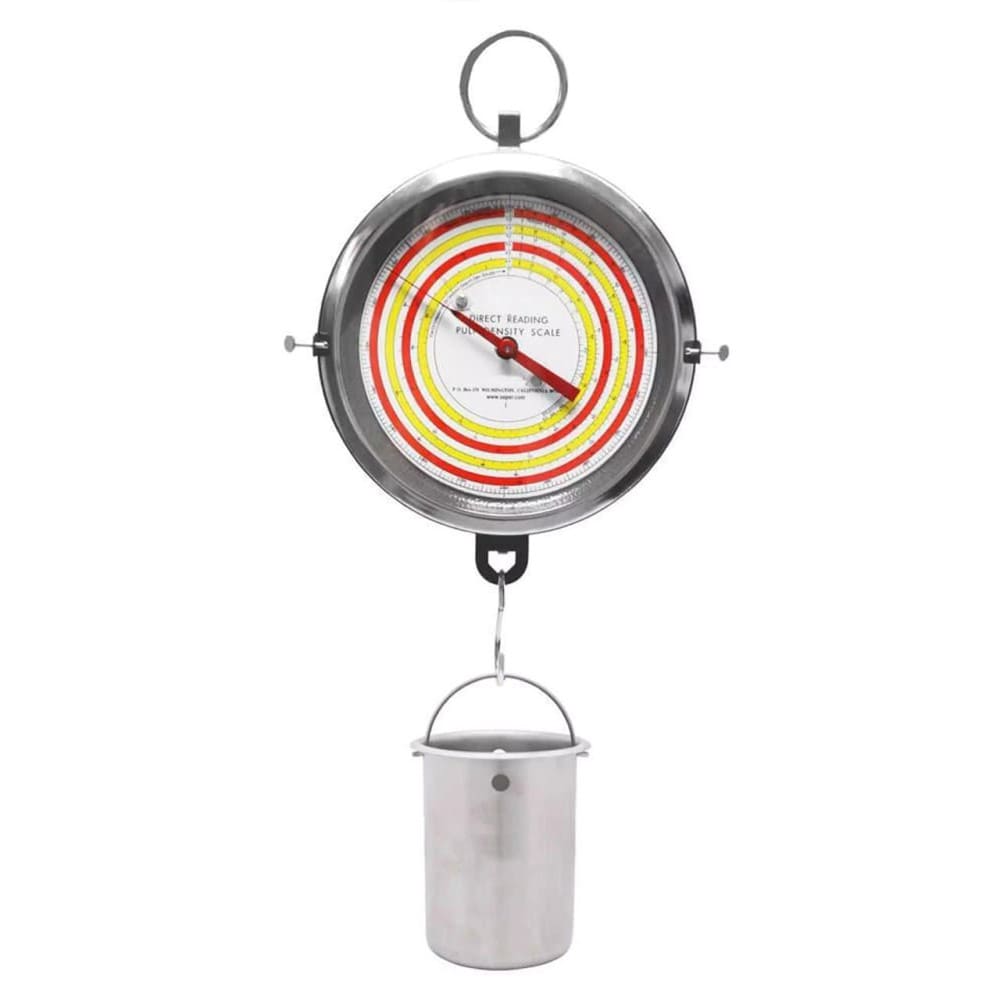
Pulp Density & Specific Gravity Scales
The Pulp Density / Specific Gravity Scale is a laboratory instrument used to measure the density of pulp, liquids, or dry solid substances, ideal for mineral processing, hydrometallurgy, and slurry management industries.
Weighing Scale: 1-3 kg
Concentration Scale: 0-86%
Specific Gravity Scale: 0-9
Scope of Application: Mining, construction, and material processing
Pulp Density & Specific Gravity Scales Overview
The Pulp Density & Specific Gravity Scales is a device for quickly measuring the concentration of ore pulp. It is primarily employed for real-time monitoring and control of pulp solids concentration (%) or specific gravity (SG). The pulp density scale applies to industries like mining, construction, and material processing, ideal for mineral processing, hydrometallurgy, and slurry management industries. And due to their simple structure and low price, the pulp density balance scales are widely used in laboratories in geological and metallurgical departments, and concentrators.
Usage and Maintenance Guide for The Pulp Density Scale
Initial Setup
1. Unpacking and Preparation
- Remove the scale from its packaging and hang it securely in a stable position near the testing area.
- Ensure minimal movement during use to maintain accuracy.
2. Determining Dry Ore Specific Gravity (If Unknown)
- Fill the measuring cylinder with clean water until it overflows.
- The pointer should align with the 1 kg mark on the outermost scale. If not, adjust it using the half-head screw above the hook.
- Empty the cylinder and add 1 kg of dry ore sample.
- Refill with water until overflow occurs.
- Hang the filled cylinder on the hook and read the dry ore specific gravity from the innermost scale on the dial.
3. Installing the Correct Dial
- Replace the default dial with the one matching your ore’s specific gravity (if applicable).
- Recalibrate the pointer to 1 kg using clean water.
Measuring Pulp Concentration
- Collect 1 liter of slurry using a graduated cylinder.
- Hang the sample on the hook—ensure no spills or air bubbles affect the measurement.
- Read the percentage concentration from the scale corresponding to your ore’s specific gravity.
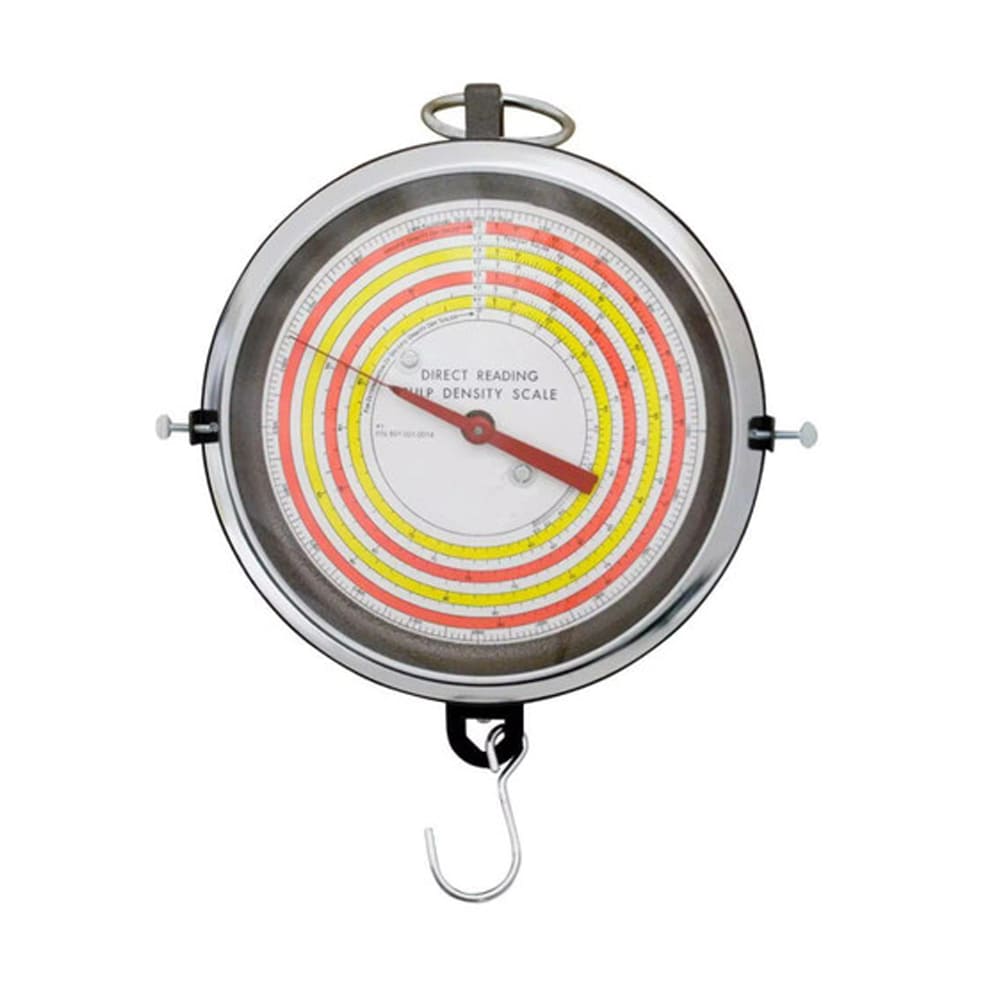
Maintenance & Best Practices
- Calibration: Verify accuracy periodically by testing with clean water (pointer should align with 1 kg).
- Handling: Avoid frequent movement or rough handling to prevent misalignment.
- Storage: Keep the scale clean and protected from dust or extreme conditions when not in use.
Advantages
Advantages of Direct-Reading Pulp Density / Specific Gravity Scales
Direct-reading pulp density and specific gravity scales (such as Marcy Scales) offer several key benefits in mineral processing, metallurgy, and slurry analysis:
1. Instant Measurement
- Provides real-time readings without calculations or additional equipment.
- Displays pulp density (%), specific gravity, and weight (kg/liter) directly on the dial scales.
2. High Accuracy & Reliability
- Works based on buoyancy principles, ensuring consistent and dependable results.
- Reduces human errors associated with manual calculations or indirect methods.
3. Simple Operation
- No need for complex instruments—just hang a 1-liter sample to get immediate readings.
- Eliminates dependence on hydrometers, pycnometers, or electronic devices.
4. Multi-Scale Dial Design
- Features three concentric scales for:
- Weight (kg/liter) – Outer scale
- Pulp Density (%) – Middle scale
- Dry Ore Specific Gravity – Inner scale
- Eliminates the need for conversion tables or formulas.
5. Cost-Effective & Durable
- Requires no batteries, software, or frequent calibration—low maintenance.
- Built to withstand harsh industrial environments (corrosion-resistant materials).
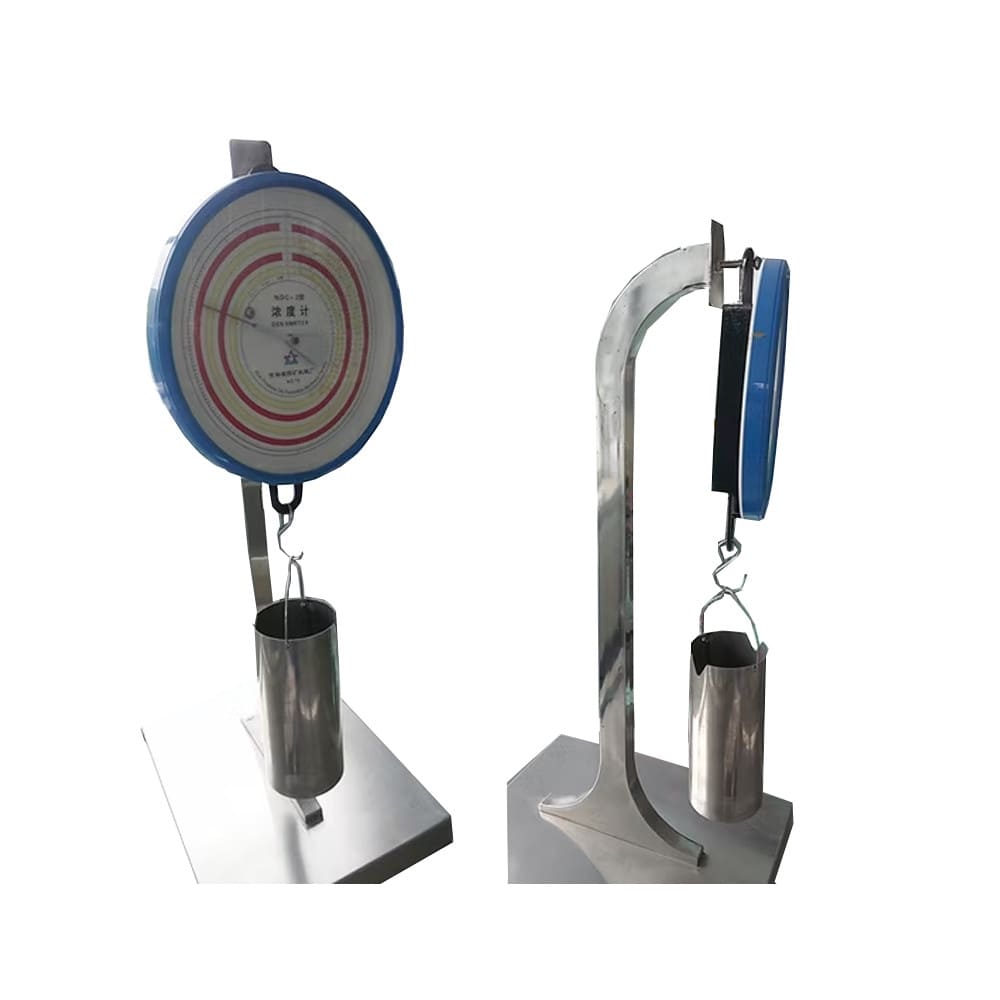
6. Wide Application Range
- Suitable for slurries, ore pulps, tailings, and process solutions in mining and metallurgy.
- Compatible with different ore types (adjustable dials for varying specific gravities).
7. Portable & Field-Ready
- Lightweight and easy to install on-site (e.g., near flotation cells, thickeners, or pipelines).
- Ideal for quick spot checks during process optimization.
Direct-reading scales are faster, simpler, and more economical than traditional methods (like hydrometers or lab tests). Their mechanical design ensures long-term reliability with minimal upkeep, making them indispensable for slurry density control in mineral processing.
Structures & Working Principle
The Pulp Density Specific Gravity Scales Structure
The pulp density specific gravity scales consist of a 3kg weighing device and a measuring cylinder with a volume of 1 liter.
Pulp Density Specific Gravity Scales Working Principle
The pulp density scale’s weighing mechanism is a pair of calibrated precision springs. The upper end of the spring is fixed on the bracket with two M3 screws, and the other end is hung on the spring. The weight of the slurry measuring cylinder is added to the weighing spring through the load hook spring frame. The deformation of the weighing spring under load is driven by the rack frame, rack gear, and shaft on the spring frame to drive the pointer to rotate, indicating the specially designed concentration value.
The conversion of the concentration value is carried out under the volume of 1 kg of pulp. So the error of the measuring cylinder directly affects the measurement accuracy of the concentration meter.

Technical Parameters
| Parameter | Specification |
| Weighing Scale | 1 – 3 kg |
| Concentration Scale | 0 – 86% |
| Specific Gravity Scale | 0 – 9 |
| Calibration Error | ≤ ±10 g |
| Dimensions | ф222 × 55 mm |
| Weight | 2.5 kg |

